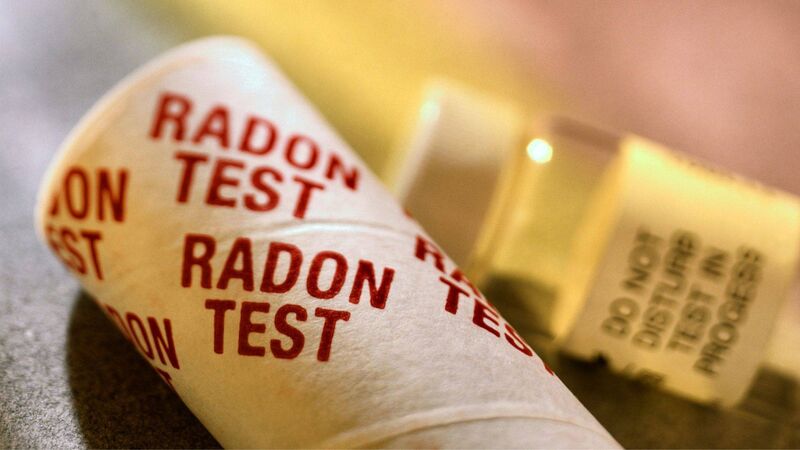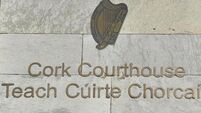Most Irish people unaware of major health risk from radon gas, study finds

According to the EPA, testing is cheap, and the fixes for radon exposure are straightforward.
The majority of Irish people are still in the dark about the risk of radon in their area and do not test their homes for it, new research has found.
Despite radon being a major environmental risk and second only to smoking as a cause of lung cancer, 90% of people do not know the risk in their area, according to the Economic and Social Research Institute (ESRI).
However, the researchers found Irish people would be more willing to test for radon gas in their homes if they had access to a new map outlining danger areas across the country.
Dr Shane Timmons of the ESRI’s Behavioural Research Unit said in some areas, as many as one in five homes are at risk, but most people do not know their level of exposure.
“Radon has no colour or smell, so the only way to tell if it is present is to test your home. Our findings show that how risk from radon is communicated — particularly using statistics that people may not like — can motivate people to test their home.”
The ESRI team tested 16 different maps in an online experiment involving 1,700 adults, with varied design features based on the psychology of risk perception.
All the new maps outperformed the then-in-use Environmental Protection Agency (EPA) map, increasing appreciation of the risk and willingness to test, the ESRI said.
The best-performing map has now been adopted by the EPA, the ESRI added.
The EPA's Alison Dowdall said radon was a serious public health issue and is linked to about 350 cases of lung cancer each year in Ireland.

"The new EPA map provides clear information on radon risk and makes it easier for people to understand the risk where they live and to take action. Radon is easy to test for and easy to fix, so learning more about your risk and how you can protect you and your family is critical.
"We would encourage all householders and businesses, especially those in high radon areas, to test for radon," she said.
According to the EPA, radon is in the same group of carcinogens as asbestos and tobacco smoke.
In the air, radon decays quickly to produce radioactive particles that, when inhaled, are deposited in the airways and on lung tissue to give a radiation dose that can cause lung cancer, it said.
"Radon can enter your home from the ground through small cracks in floors and through gaps around pipes or cables," its radon guide says.
The risk from radon is 25 times greater for smokers than for lifelong non-smokers exposed to the same levels of radon, it warns.
Some 56% of the total radiation exposure in Ireland is from radon.
According to the EPA, one of the simplest ways to dilute radon is to increase the indoor ventilation by installing wall vents or window trickle vents.
This can reduce radon levels in homes by up to 50%, it said.
The most effective and most commonly used way of reducing the flow of radon into homes is by installing an active radon sump.
They can usually be installed in one day and all the work is carried out from outside a home. The work typically costs about €925, the EPA says. An active sump can reduce radon levels by about 90%.











